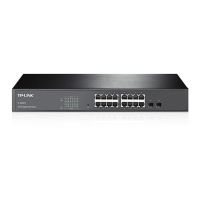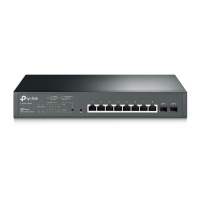Configuration Guide 510
Configuring ACL ACL
1
ACL
1.1 Overview
The rapid growth of network size and traffic brings challenges to network security and
bandwidth allocation. Packet filtering can help prevent unauthorized access behaviors, limit
network traffic and improve bandwidth use.
ACL (Access Control List) filters traffic as it passes through a switch, and permits or denies
packets crossing specified interfaces or VLANs. It accurately identifies and processes the
packets based on the ACL rules. In this way, ACL ensures security and high service quality
of networks.
ACL helps to:
Prevent various network attacks, such as attacks caused by IP (Internet Protocol) and
TCP (Transmission Control Protocol).
Manage network access behaviors, such as controlling access to a network or to
specific resources in your network.
1.2 Supported Features
ACL Binding
An ACL takes effect after it is directly bound to an interface or VLAN. After ACL binding, the
packets that match a permit rule or deny rule will be forwarded or discarded.
Policy Binding
An ACL also takes effect when it is applied to a policy which is bound to an interface
or VLAN. After policy binding, the packets that match a permit rule or deny rule will be
forwarded or discarded.

